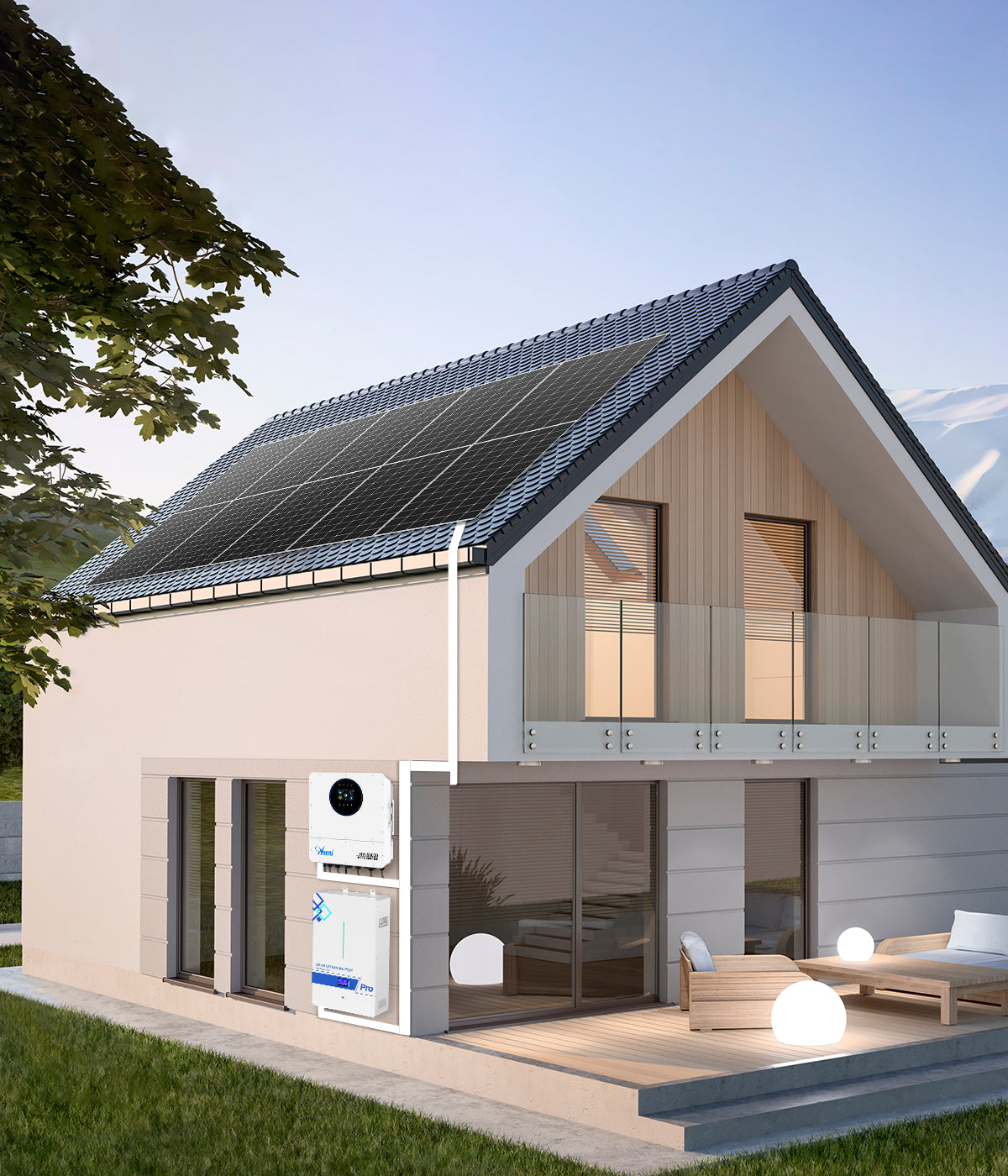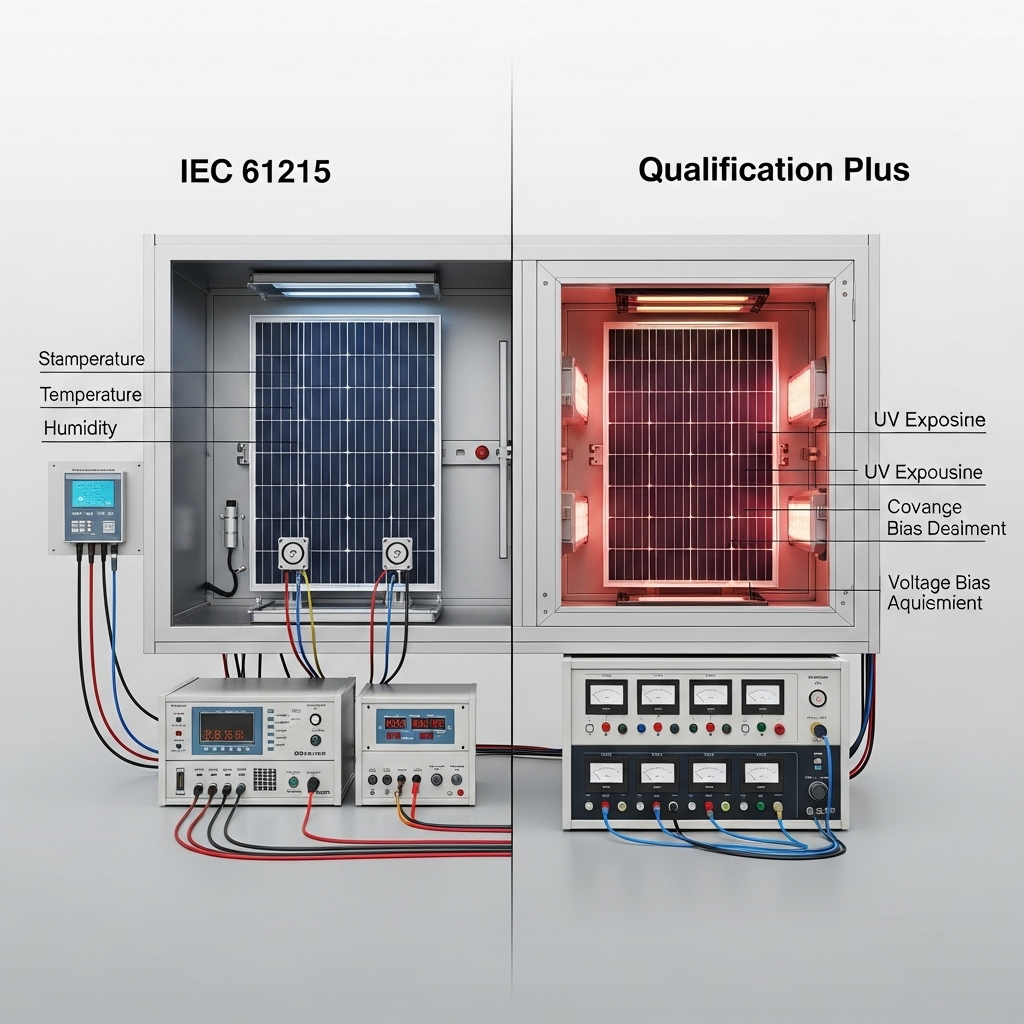In any solar power or energy storage system (ESS), the inverter is the central component, converting direct current (DC) from solar panels and batteries into alternating current (AC) for your home. Its reliability is paramount. International Electrotechnical Commission (IEC) standards provide a framework for ensuring that PV inverters and the entire ESS operate safely. Understanding these standards is critical for manufacturers, installers, and system owners to guarantee performance and prevent hazards.
This guide breaks down the key IEC standards governing PV inverters, focusing on IEC 62109, and explains how it fits within the broader ecosystem of ESS safety regulations. You will gain a clear picture of what makes an inverter safe and how this contributes to the security of your complete energy storage solution.
The Core of Inverter Safety: Understanding IEC 62109
The foundational standard for the safety of power conversion equipment (PCE) in photovoltaic systems is IEC 62109. It is published in two parts and establishes the minimum inverter safety requirements to protect against electrical shock, fire, and other potential hazards throughout the product's lifespan.
Part 1: General Safety Requirements (IEC 62109-1)
This section of the standard applies to all types of power conversion equipment connected to PV systems. It lays out fundamental safety principles. Key areas of focus include:
- Protection Against Electric Shock: It specifies requirements for insulation, protective earthing, and safe voltage levels (SELV/PELV circuits). This ensures that users and installers are protected from dangerous voltages during installation, operation, and maintenance.
- Protection Against Mechanical Hazards: The standard mandates robust enclosure designs that can withstand physical impacts and prevent access to hazardous internal parts. It also addresses sharp edges and moving parts like cooling fans.
- Protection Against Fire Hazards: IEC 62109-1 sets strict rules for the flammability of materials, the spacing of electrical components to prevent arcing, and the design of circuits to mitigate overheating.
- Environmental Durability: Inverters must perform safely across a wide range of temperatures, humidity levels, and altitudes. This part of the standard defines the testing procedures to verify an inverter's resilience to environmental stress.
Part 2: Particular Requirements for Inverters (IEC 62109-2)
While Part 1 is general, Part 2 provides specific safety requirements for inverters. This includes grid-tied, standalone, and hybrid inverters used in ESS applications. Critical requirements in this section cover:
- Grid Interface Protection: For grid-tied inverters, this is crucial. The standard defines requirements for detecting grid abnormalities (like voltage or frequency deviations) and safely disconnecting. This includes anti-islanding protection, which prevents the inverter from energizing a section of the grid during a power outage, protecting utility workers.
- DC Injection Limits: Grid-tied inverters must not inject significant DC current into the AC grid, as this can saturate distribution transformers and cause network-wide problems. IEC 62109-2 sets precise limits and testing methods.
- Isolation Requirements: The standard specifies the type of electrical isolation required between the PV array, the battery (if applicable), and the AC grid to prevent fault propagation and ensure safety.
Beyond the Inverter: Integrating ESS Safety Standards
A safe inverter is just one piece of the puzzle. In an Energy Storage System, the inverter must work flawlessly with the battery. This interaction is where a comprehensive understanding of multiple IEC standards becomes essential for total system safety.
The Inverter's Role in Battery Management
Modern hybrid inverters do more than convert power; they actively manage the battery. They communicate directly with the Battery Management System (BMS) to control charging and discharging cycles. This communication is vital for battery health and safety, preventing conditions like overcharging, over-discharging, and excessive temperatures, which can lead to premature degradation or even thermal runaway.
How IEC 62109 and IEC 62619 Work Together
IEC 62109 governs the inverter, while IEC 62619 covers the safety requirements for secondary lithium cells and batteries used in industrial applications. A safe ESS requires compliance from both components.
- IEC 62109 ensures the inverter provides the correct voltage and current profiles as requested by the BMS. It also ensures the inverter will safely shut down if it detects a fault or receives a command from the BMS to do so.
- IEC 62619 ensures the battery itself is designed to be safe, having passed rigorous tests for short circuits, thermal abuse, and overcharging.
The synergy is clear: a certified battery can still be put into a dangerous state by a non-compliant or poorly integrated inverter. Likewise, a certified inverter cannot guarantee safety if connected to a battery that does not meet IEC 62619 standards.
System-Level Safety with IEC 62933
IEC 62933 is a comprehensive standard for Energy Storage Systems. It addresses the entire system, from design and installation to operation and end-of-life. It acts as an umbrella standard, referencing component-level standards like IEC 62109 for the inverter and IEC 62619 for the batteries. Adhering to IEC 62933 ensures that all certified components are integrated into a system that is safe and reliable as a whole.
Practical Application: Design and Testing for Compliance
Achieving compliance with these photovoltaic energy storage safety standards requires a meticulous approach to design and rigorous testing. This ensures the final product is not only certified but genuinely safe in real-world conditions.
Designing for Inverter Safety
Safety cannot be an afterthought. During the design phase, engineers must focus on several key areas:
- Component Selection: Using certified and appropriately rated components (capacitors, relays, connectors) is fundamental.
- Thermal Management: Efficient heat dissipation through heatsinks, cooling fans, and proper ventilation is critical to prevent components from overheating and failing.
- Circuit Layout: PCB layouts must adhere to strict clearance (distance through air) and creepage (distance along a surface) requirements to prevent electrical arcing, especially in high-voltage areas.
Essential Tests for IEC 62109 Compliance
To verify the design, inverters undergo a battery of tests. The table below summarizes some of the most critical tests performed to certify an inverter against IEC 62109.
| Test Name | Purpose | Standard Reference |
|---|---|---|
| Dielectric Strength (Hipot) | Verifies insulation integrity between live parts and the chassis. | IEC 62109-1 |
| Insulation Resistance | Measures the total resistance of a product's insulation. | IEC 62109-1 |
| Ground Bond Test | Ensures the protective earth connection is robust and can handle fault currents. | IEC 62109-1 |
| Temperature Rise Test | Confirms components do not exceed their temperature ratings during operation. | IEC 62109-1 / 2 |
| Single Fault Condition Test | Simulates component failures to ensure the unit remains safe. | IEC 62109-1 |
Connecting Safety to Grid Stability
Inverter safety extends to protecting the electrical grid. As noted in the IRENA report, Grid Codes for Renewable Powered Systems, power electronic devices like inverters can introduce harmonic distortions that affect grid stability. Compliance with standards such as IEC 61000 for electromagnetic compatibility and regional grid codes is therefore intertwined with the safety requirements of IEC 62109, ensuring the inverter is a good grid citizen.
A Unified Approach to System Performance and Safety
Focusing solely on individual component certifications can create a false sense of security. True safety and performance come from a holistic view of the entire energy storage system, where every part is designed and verified to work together seamlessly.
Why Component-Level Certification Is Not Enough
Having an IEC 62109-certified inverter and an IEC 62619-certified battery does not automatically create a safe ESS. The integration between them is where risks can emerge. Communication failures between the inverter and the BMS, incorrect parameter settings, or mismatched electrical characteristics can lead to hazardous situations, even if each component is individually compliant.
Achieving True System Reliability
The most reliable and safest systems are those where the inverter and battery are part of an integrated package. When a single manufacturer designs the entire ESS, they can ensure perfect compatibility and implement system-wide safety protocols. This approach eliminates the integration risks that can arise from mixing and matching components from different brands. A holistic view of system performance, which considers how the inverter, battery, and solar panels work in unison, is crucial. A detailed analysis of solar storage performance metrics shows that key indicators like round-trip efficiency and depth of discharge are heavily influenced by the seamless integration of these components.
Final Thoughts
The IEC standards for PV inverters and ESS safety, led by IEC 62109, create a robust foundation for building secure and dependable renewable energy systems. This standard ensures that inverters are protected against electrical, mechanical, and fire hazards. However, for a complete energy storage system, safety relies on more than just the inverter. It requires a system-level approach where the inverter (IEC 62109), the battery (IEC 62619), and the overall system design (IEC 62933) are all in harmony. By prioritizing systems with fully integrated and certified components, you ensure the highest level of safety and long-term performance for your energy independence.
Frequently Asked Questions
What is the main difference between IEC 62109 and IEC 62619?
IEC 62109 specifies the safety requirements for the power conversion equipment (the inverter), which handles the flow and conversion of electricity. IEC 62619, on the other hand, specifies safety requirements for the lithium-ion battery cells and modules themselves, focusing on preventing internal failures.
Does IEC 62109 compliance guarantee my inverter will work with any battery?
No. IEC 62109 compliance certifies the inverter's safety, not its compatibility. For an ESS to function correctly and safely, the inverter and the battery's BMS must be able to communicate effectively. Always check the manufacturer's compatibility list before pairing an inverter with a battery.
Why is thermal management so important for inverter safety?
Inverters generate significant heat during the power conversion process. Poor thermal management can cause components to exceed their safe operating temperatures, leading to premature failure, reduced efficiency, and in a worst-case scenario, a fire hazard. IEC 62109 includes rigorous temperature rise tests to ensure designs are safe.
What are the risks of using a non-certified PV inverter?
Using a non-certified inverter poses significant risks, including a higher chance of electric shock, fire hazards due to overheating or component failure, and potential damage to other connected equipment, including your batteries. It can also void warranties and may not be compliant with local electrical codes, preventing the system from being legally connected to the grid.





Leave a comment
All comments are moderated before being published.
This site is protected by hCaptcha and the hCaptcha Privacy Policy and Terms of Service apply.